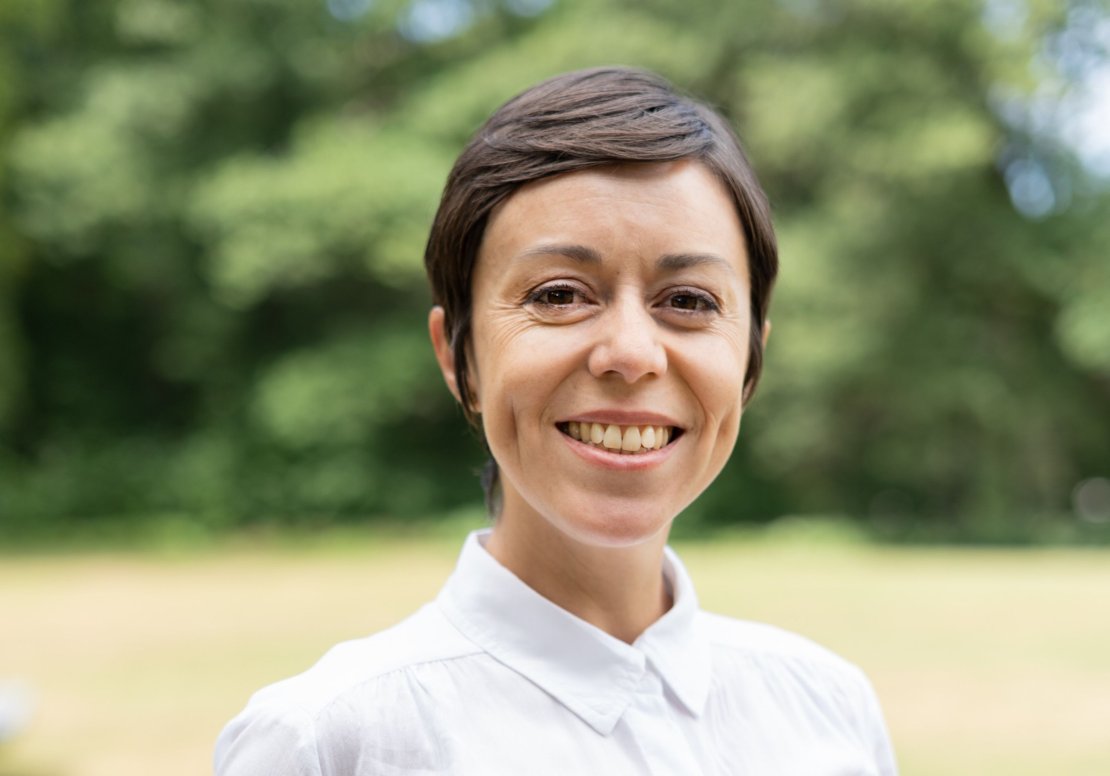UT researchers Monica Morales-Masis and Massimo Sartori have been awarded a Proof of Concept grant by the European Research Council (ERC). ERC announced the grantees today. ERC Proof of Concept funding is made available only to those who already have an ERC award to establish proof of concept of an idea that was generated in the course of their ERC-funded projects. These research projects often generate radically new ideas that drive innovation and business inventiveness and tackle societal challenges. The ERC PoC Grants aim to facilitate the exploration of commercial and social innovation potential.
In 2019, Monica Morales-Masis, who is an adjunct professor in the Inorganic Material Science group at UT's TNW faculty, received an ERC Starting Grant for her research on sustainable hybrid materials for solar cells. Massimo Sartori was awarded an ERC Starting Grant in 2018 to explore new research directions in human-machine interaction. Massimo is a professor in the Neuromechanical Engineering Department at UT's Faculty of ET. Both scientists now have the opportunity to explore how the results from their research can now be brought closer to daily application.

Monica Morales-Masis: developing vapour deposition methods for perovskite-silicon tandem solar cells
Solar photovoltaics (PV) is a key technology for the European and global energy transition. Perovskite-silicon tandem solar cells hold great promise as a technology that could deliver higher power per m2 at a lower cost per kWh than commercially available solar cells. However, to bring this breakthrough technology closer to the market, it is imperative to focus on scalability, stability and module development. Specifically on scalability, to reach full market potential, the perovskite top cell needs to be reliably produced with industrially-validated, scalable deposition methods. This to-be-developed deposition method should also allow high deposition rates and direct integration of the perovskite top cell into monolithic tandem devices with complete freedom of the bottom cell.
Sputtering deposition is a well-known and highly industrialized physical vapour deposition (PVD) method that tackles these challenges: high deposition rate, and conformal deposition and is an industrially-validated technology. It is already widely used in the semiconductor and display industry and in PV R&D and production lines. However, sputtering deposition of specifically halide perovskites is still largely unexplored. The awarded SPRINT (Sputtering Halide Perovskites for Integration in Monolithic Tandem Solar Cells ) project will make use of the new insights from the running ERC Starting Grant CREATE on PLD of halide perovskites and a recently filed patent on halide PVD targets to develop a sputter coating process of halide perovskites. SPRINT will use these new insights as the starting point to reach the goal of developing a sputtering coating process for wide-bandgap halide perovskites for monolithic integration in tandem devices.

Massimo Sartori - Smart wear for sensing the neuromusculoskeletal system during human movement
Neurological injuries such as stroke or spinal cord injury, leave 5 million people disabled worldwide annually, drastically impairing individuals' ability to move independently. The main element hampering the efficacy of current neuro-rehabilitation procedures is the inability to sense the activity of neural cells involved in the control of movement, along with the force generated by innervated muscle-tendon units, in the intact moving human in vivo.
Current technologies for sensing the neuromusculoskeletal system rely on expensive, large, and bulky devices that can only be used in the highly controlled settings of research laboratories. Therefore, a wearable, rapid-to-wear system that could track changes in a person’s motor neuron activity along with associated changes in muscle would revolutionise current neuro-rehabilitation paradigms.
SMARTSENS proposes a fully wearable, non-invasive solution to monitoring a new range of clinically relevant neuromuscular parameters. SMARTSENS enables measuring such information during daily life activities using a sensorised smart wear that is unobstructed and rapid to wear. This will enable continuous monitoring of the human neuromusculoskeletal system to maintain, restore or enhance neuromuscular tissue health throughout training and life stages. This will disrupt current movement-measuring and diagnostic systems, by enabling a causal understanding of the activity of neural and musculoskeletal structures in vivo at a resolution not considered before.





